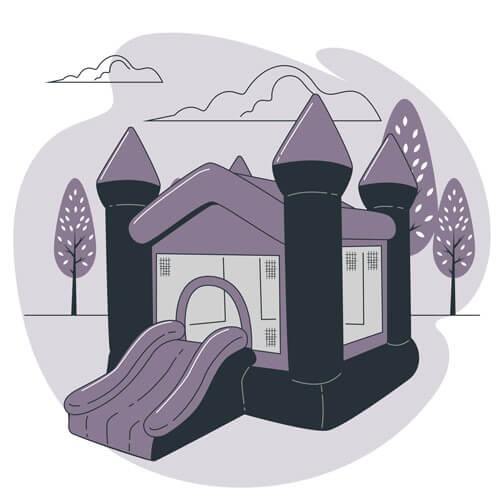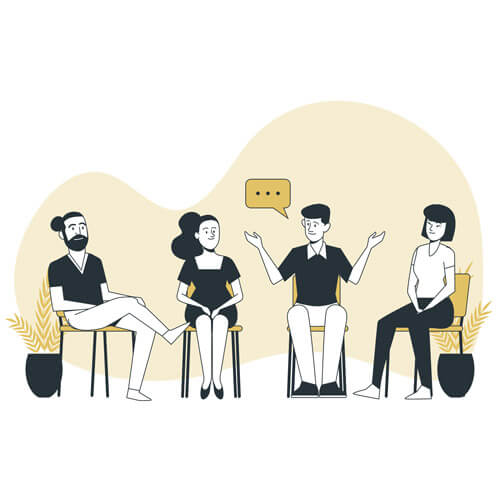The simplest comic book strip creator
Comics have long been cherished for their ability to blend storytelling with visual art. In this article we explore how you could use Questiory to create a simple collaborative comic maker tool, to create dynamic comic strips or start storyboarding a graphic novels with ease.
Whether you’re an educator looking to integrate comics into your teaching or a creative enthusiast wanting to storyboard, or collaborate on comic projects, this tool could help achieve this with ease. The key difference with other tools, is that whith this comic book strip creator, you can make collaborative or social comics.
What are Comics?
Comics are visual narratives that combine images and text to tell a story. They come in various forms, each offering unique storytelling experiences:
- Graphic Novels: These are long-form stories told through a combination of illustrations and text, often delving into complex themes and character development.
- Comic Strips: Short, serialized stories typically published in newspapers or online platforms. They often feature recurring characters and are designed for quick, episodic reading.
- Cartoons: Single-panel or short multi-panel illustrations, usually humorous in nature. They capture a moment or convey a joke with minimal text.
- Web Comics: Digital comics published online, accessible to a global audience. They can range from single strips to ongoing series and often explore a wide variety of genres and styles.
- Zines: Self-published, small-circulation booklets that often feature comics alongside other forms of art and writing. Zines are typically created and distributed by independent artists, offering unique and personal storytelling.
Comics offer a versatile medium for storytelling, capable of conveying emotions, humor, and complex narratives through the synergy of art and text. They encompass a broad spectrum of styles and formats, each contributing to the rich tapestry of visual literature.
The multiple uses of comics
Comics aren’t just for entertainment; they have a myriad of applications across various fields, including:
- Education: Instructional comics can be used to teach various subjects, helping to engage students and enhance comprehension. They simplify complex concepts and make learning more interactive and enjoyable.
- Storytelling: A powerful medium for both personal and fictional storytelling, comics allow creators to convey intricate narratives and emotions through a blend of art and text.
- Marketing: Businesses use comics to create engaging content for their audience. They can simplify product information, entertain, and build a brand’s personality.
- Advocacy: An effective way to raise awareness about social issues, comics can illustrate the human side of problems, making them more relatable and compelling.
- Journalism: Known as comic journalism or graphic journalism, this use of comics provides an engaging way to report news, tell investigative stories, and highlight underreported issues.
- Memoir and biography: Comics can effectively capture and share personal histories, making the retelling of life experiences vivid and immersive.
- Cultural preservation: Comics can document and preserve cultural stories, traditions, and histories, ensuring they are passed down through generations in an engaging format.
- Language learning: Comics can support language learning by providing context through visuals, making new vocabulary and grammar structures easier to understand and remember.
- Therapy: In therapeutic settings, creating and reading comics can be a form of expression and healing, helping individuals articulate their experiences and emotions.
Comics offer a versatile medium that goes beyond mere entertainment, playing vital roles in education, advocacy, marketing, and many other fields. They harness the power of visual storytelling to inform, engage, and inspire.
Teaching with comics
Using instructional comics, or incorporating comics into the classroom offers numerous advantages:
- Enhanced engagement: Comics capture students’ attention with their visual appeal, making learning more engaging and enjoyable. The combination of images and text can make even complex subjects more accessible and interesting.
- Improved literacy: Reading comics can boost reading skills and vocabulary. The concise and contextual nature of comic text helps students grasp new words and improve their reading comprehension.
- Critical thinking: Analyzing comic narratives helps develop critical thinking and interpretative skills. Students learn to understand symbolism, infer meanings, and evaluate story elements, enhancing their analytical abilities.
- Creativity: Creating comics encourages students to use their imagination and artistic abilities. It fosters creative expression and allows students to experiment with storytelling, character development, and visual design.
- Multimodal learning: Comics combine visual and textual elements, catering to different learning styles. This multimodal approach helps students process information in varied ways, reinforcing understanding and retention.
- Cultural awareness: Comics often reflect diverse cultures and perspectives, providing students with insights into different ways of life and promoting cultural understanding.
- Collaboration: Group projects involving comics can enhance teamwork and collaboration skills. Students can work together on storyboarding, illustrating, and writing, learning to value each other’s contributions.
- Emotional intelligence: Comics often explore complex emotions and social situations, helping students develop empathy and emotional intelligence by seeing the world through the characters’ eyes.
- Differentiated Instruction: Comics can be tailored to suit different learning levels and needs, providing a versatile tool for differentiated instruction. Teachers can use them to support students who struggle with traditional text-based learning.
Teaching with comics leverages the power of visual storytelling to create a dynamic and inclusive learning environment, promoting engagement, literacy, critical thinking, and creativity.
Creating your own comic maker tool
Creating a collaborative comic maker tool can be an straightforward tools to create comics with others. Imaginate if with a couple of clicks you could create your own comic strip creator, allowing your students, peers, audience, etc draw and just submit for their creation to be part of a collaborative graphic narrative.
Some of the advantages of creating this siple digital tool include:
- Collaborative features: Multiple users can contribute to the comic, allowing for real-time updates and collaborative creativity.
- Interactivity: Users can interact with the comic, with a mix of drawing canvas, slides with the graphic narrative created, combined with additional interactions to bring life to the interactive presentation.
- Customization Options: Adapt the design of the comic to align with your branding or personal style using custom themes and colors.
- Embedding Capabilities: Easily integrate your collaborative comics into websites, presentations, or reports, linking them to live data for automatic updates.




